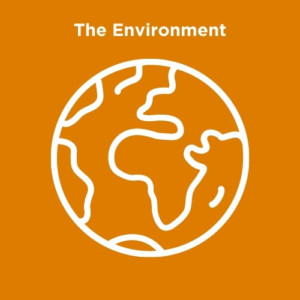Why it Matters
We believe that access to nutritious food is a right for all. In a state rich in farmland, it’s hard to imagine that hunger lives in Wisconsin. Yet, 1 in 8 people—and 1 in 5 children—do not know where their next meal is coming from. Hunger does not discriminate; it knows no age, race or sex. People facing hunger live in our cities, in our suburbs and in our rural areas. Many have homes, jobs and families. They are your neighbors. Meet them.
Faces of Hunger
Hunger can be difficult to recognize:

Children

Families

Seniors

Students

Veterans & Military Families
Impacts of Hunger






Families Forced to Make Difficult Choices
The impact of hunger on individuals, families, and the community are devastating. Too often food purchases are often cut back in order to pay for other things like medicine, transportation, utilities, and housing. You save families from having to make those tough choices.
Cycle of Food Insecurity & Chronic Disease

The cycle of food insecurity and chronic disease begins when an individual or family can’t afford enough nutritious food. The combination of stress and poor nutrition can also make disease management more difficult. What’s worse, is that the time and money needed to care for these health conditions further strains the household budget, leaving little money for essential nutrition and medical care. This causes the cycle to continue, increasing the risk of worsening existing conditions.
Environmental Impact of Food Waste
Your neighbors are searching for their next meal while 31% of all food produced is wasted.
The EPA estimated that in 2018 in the United States, more food reached landfills and combustion facilities than any other single material. Additionally, the U.S. Department of Agriculture (USDA) estimates that in 2010, 31 percent or 133 billion pounds of the 430 billion pounds of food produced was not eaten.
The Food and Agriculture Organization of the United Nations (FAO) estimated in 2011 that approximately one-third of all food produced for human consumption worldwide is lost or wasted.
The estimated annual cost of food waste is $218 billion or 1.3% of GDP.
Reducing wasted food is a triple win; it’s good for:





